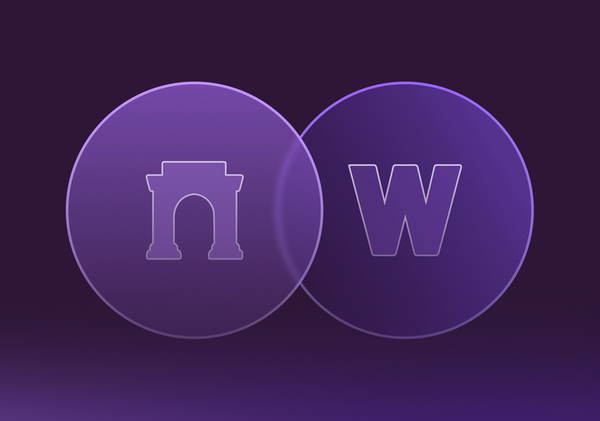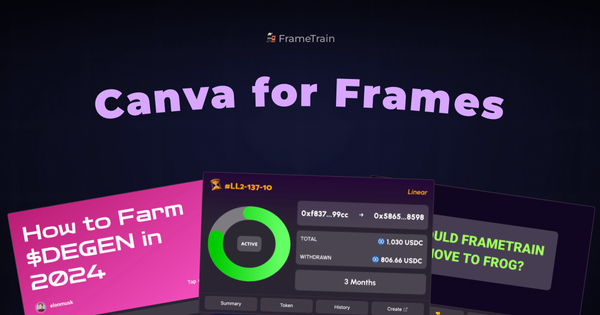In the rapidly evolving world of decentralized social media, two closely related yet distinct entities have emerged – Farcaster and Warpcast. While both are integral components of the decentralized social media ecosystem, it is crucial to understand the fundamental differences between the two.
The distinction between Farcaster and Warpcast is akin to the relationship between the internet (the protocol) and a web browser (the client). Just as the internet provides the foundational network and standards, while web browsers offer a user-friendly way to access and interact with the internet, the Farcaster protocol and the Warpcast client serve complementary roles in the decentralized social media ecosystem.
Farcaster is a decentralized, blockchain-based protocol that enables users to engage in social interactions such as posting, commenting, and sharing content. It is built on the principles of privacy, user control, and censorship resistance, offering an alternative to traditional centralized social media platforms. The Farcaster protocol provides the underlying infrastructure and set of rules that govern the decentralized social network.
On the other hand, Warpcast is a client application that allows users to access and interact with the Farcaster protocol. It provides a user-friendly interface that simplifies the process of navigating and participating in the decentralized social network. Warpcast acts as a bridge between the Farcaster protocol and the end-user, offering a more accessible and intuitive way to engage with the decentralized platform.
By understanding the nuances between the protocol and the client, you will gain a comprehensive understanding of the decentralized social media landscape and the tools available to navigate it.
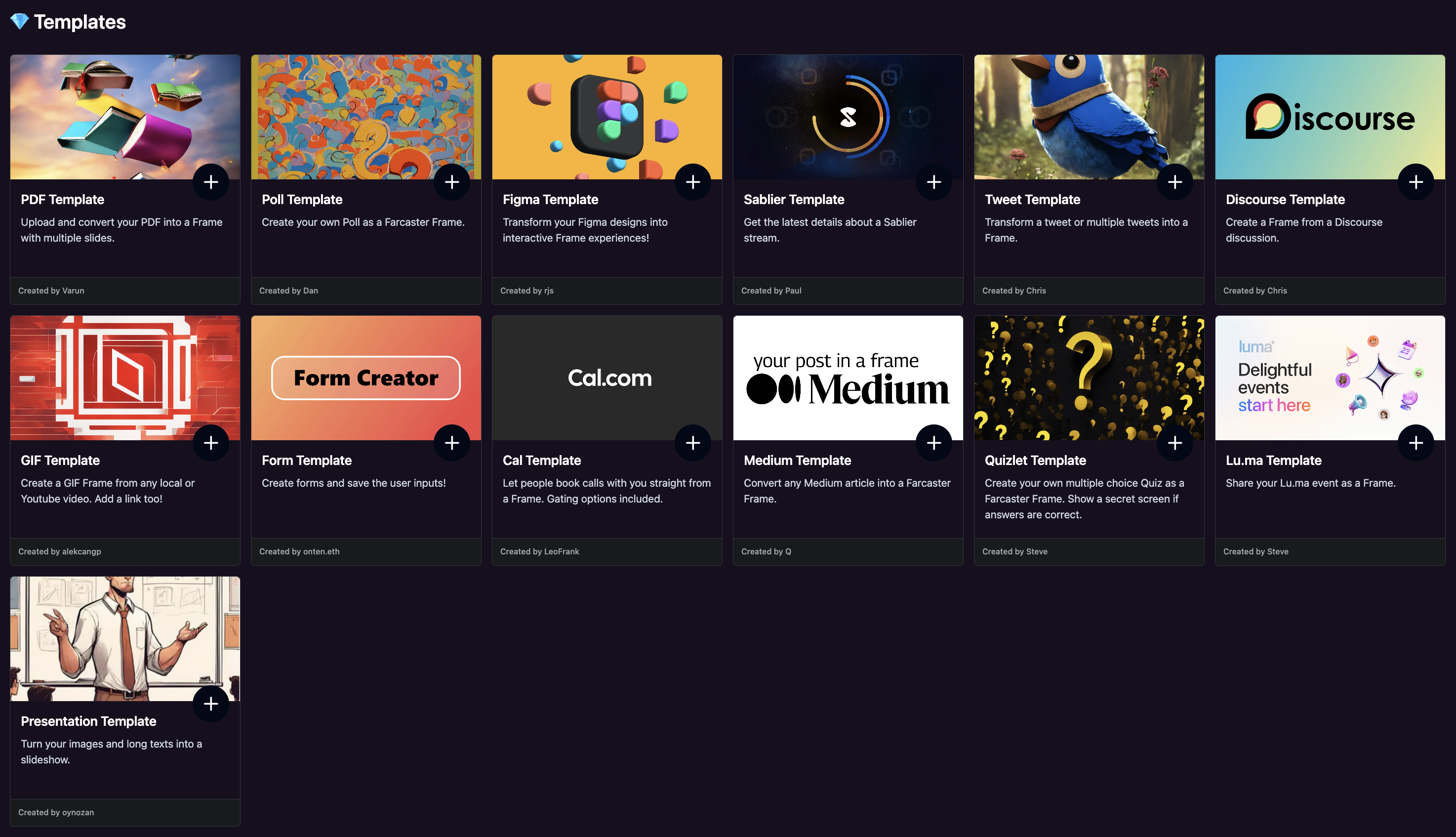
The Farcaster Protocol
To fully comprehend the differences between Farcaster and Warpcast, it is essential to first understand the Farcaster protocol itself. A protocol, in the context of digital technologies, is a set of rules and standards that govern the communication and interaction between different systems or entities.

Farcaster is a "sufficiently decentralized", blockchain-based protocol that enables users to engage in social interactions, such as posting, commenting, and sharing content. Unlike traditional centralized social medias, Farcaster is built on the principles of privacy, user control, and censorship resistance.
At the core of the Farcaster protocol is the use of cryptographic identities, which allow users to establish a unique and verifiable presence within the network. These identities are not tied to a centralized authority but are instead created and managed by the users themselves.
One of the key features of the Farcaster protocol is its permissionless nature. This means that anyone can participate in the network without the need for approval or authorization from a central authority. This decentralized approach empowers individuals to have greater control over their online presence and the data associated with their activities.
The Farcaster protocol serves as the underlying technology that powers the decentralized social network, offering users a more privacy-focused and user-centric alternative to traditional social media platforms.
In the next chapter, we will explore Warpcast, the client application that provides a user-friendly interface for interacting with the Farcaster protocol, and how it differs from the protocol itself.
The Warpcast Client
A client, in the context of digital technologies, is an application or software that enables users to access and utilize the services provided by a server or a protocol. While the Farcaster protocol provides the underlying technology and infrastructure for the decentralized social media ecosystem, the Warpcast app offers a user-friendly interface for interacting with this protocol.
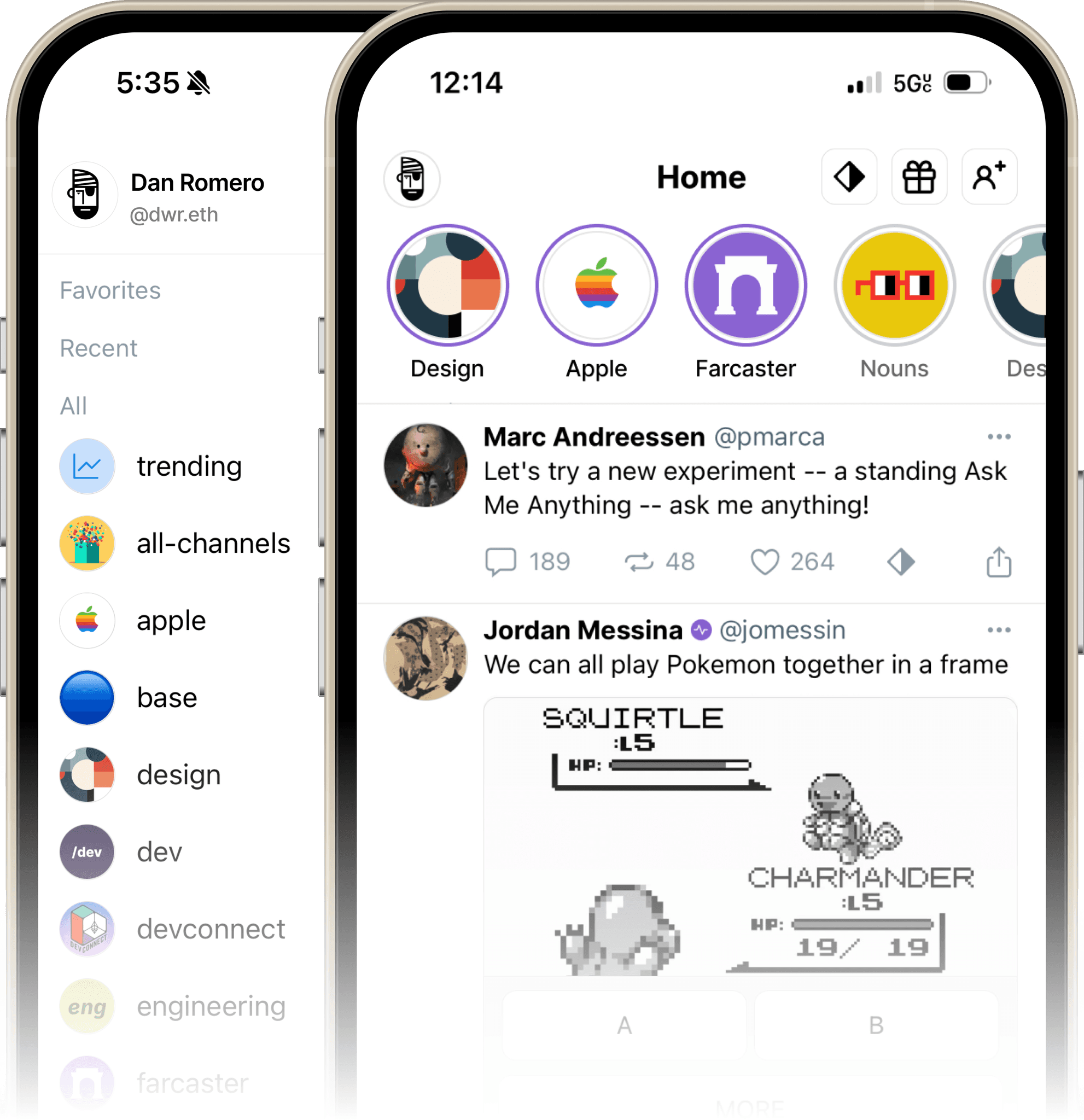
Warpcast is a React Native application that allows users to seamlessly engage with the Farcaster protocol. It offers a familiar and intuitive user experience, making it easier for both newcomers and experienced users to participate in the decentralized social network.
One of the key features of the Warpcast client is its ability to abstract the complexities of the Farcaster protocol, allowing users to focus on the social interactions and content sharing without the need to understand the underlying technical details. The client handles tasks such as account management, post creation, commenting, and sharing, providing a user-friendly interface that simplifies the overall experience.
While the Farcaster protocol is decentralized and permissionless, the Warpcast client is a centralized application developed and maintained by Merkle Manufactory. This means that the client is subject to the policies and decisions of its creators, which may differ from the ethos of the decentralized Farcaster protocol.
It's important to note that Warpcast is not the only client available for the Farcaster protocol. As an open and permissionless platform, the Farcaster ecosystem allows for the development of multiple client applications, each with its own unique features and user experiences. This diversity of clients caters to the diverse needs and preferences of the decentralized social media community.
You can also see the list of active Farcaster clients if you're curious!
Now that we have a deeper understanding of both the Farcaster protocol and the Warpcast client, it's time to explore the similarities and differences between the two.
Similarities
Despite their distinct roles, Farcaster and Warpcast share a common focus on decentralized social media. Both are committed to providing an alternative to traditional centralized social media platforms, empowering users with greater control and privacy over their online presence and interactions.
Differences
The primary difference between Farcaster and Warpcast lies in their respective roles and functions. Farcaster is a protocol, a set of rules and standards that govern the decentralized social media network, while Warpcast is a client application that provides a user-friendly interface for interacting with the Farcaster protocol.
In other words, Farcaster is the underlying technology that enables the decentralized social media ecosystem, while Warpcast is a tool that allows users to access and participate in this ecosystem. Farcaster is the foundational infrastructure, while Warpcast is a centralized application built on top of that infrastructure.
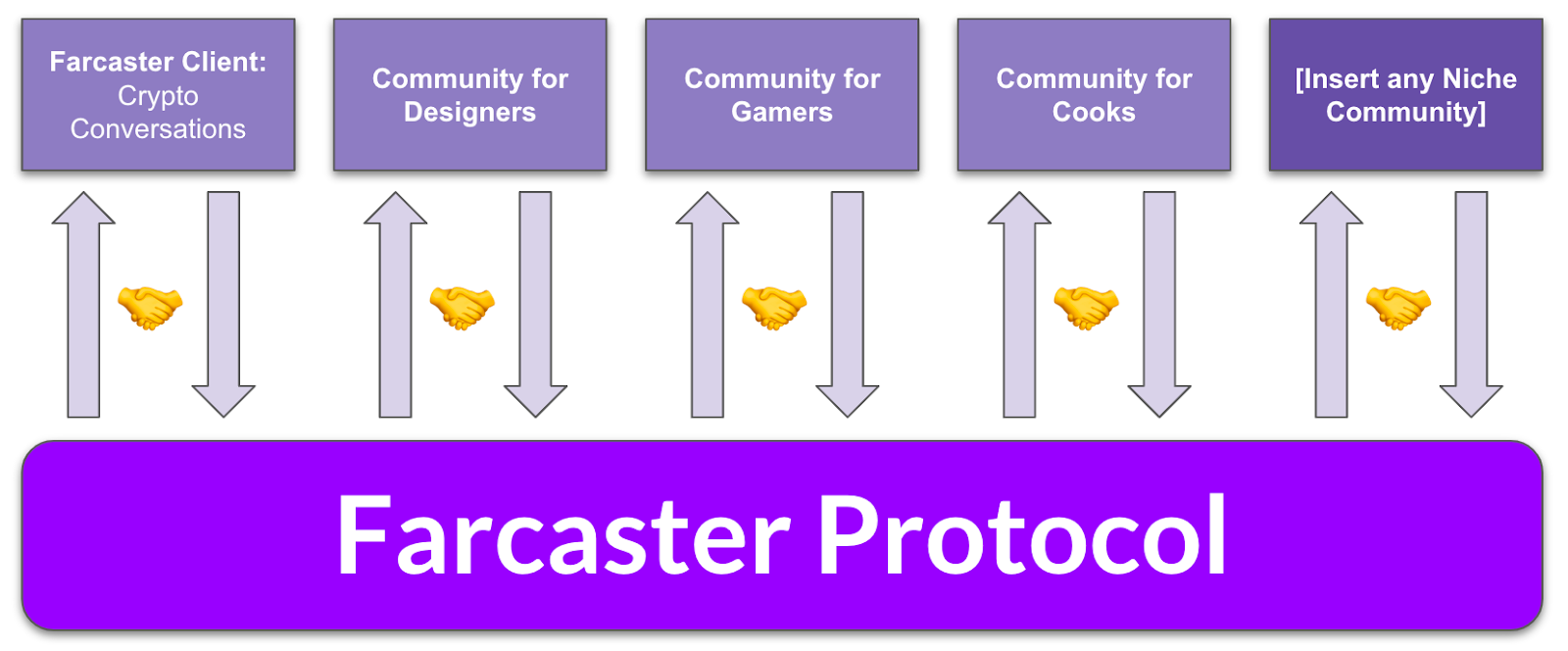
Another key difference is the level of decentralization. The Farcaster protocol is inherently decentralized, with no single point of control or failure. In contrast, the Warpcast client is a centralized application developed and maintained by a specific team or organization, which means that it is subject to the policies and decisions of its creators.
Furthermore, the Farcaster protocol is permissionless, allowing anyone to participate in the network without the need for approval or authorization. Warpcast, as a client application, may have its own set of rules and requirements for user access, which could be more restrictive than the permissionless nature of the Farcaster protocol.
Closing Thoughts
While Farcaster and Warpcast share a common goal of providing a decentralized social media experience, they differ in their levels of decentralization. The Farcaster protocol is inherently decentralized, with no single point of control or failure, while the Warpcast client is a centralized application subject to the policies and decisions of its creators.
This distinction highlights the importance of understanding the nuances between the protocol and the client when navigating the decentralized social media landscape.
As the decentralized social media ecosystem continues to evolve, it is likely that we will see the emergence of additional client applications, each with its own unique features and user experiences.
This diversity of options will cater to the diverse needs and preferences of the decentralized social media community, further enhancing the overall user experience and promoting the adoption of these innovative technologies.

Looking to post your own Frames..
...to Warpcast? Stop worrying about writing code or hosting!
Open 🚂 FrameTrain